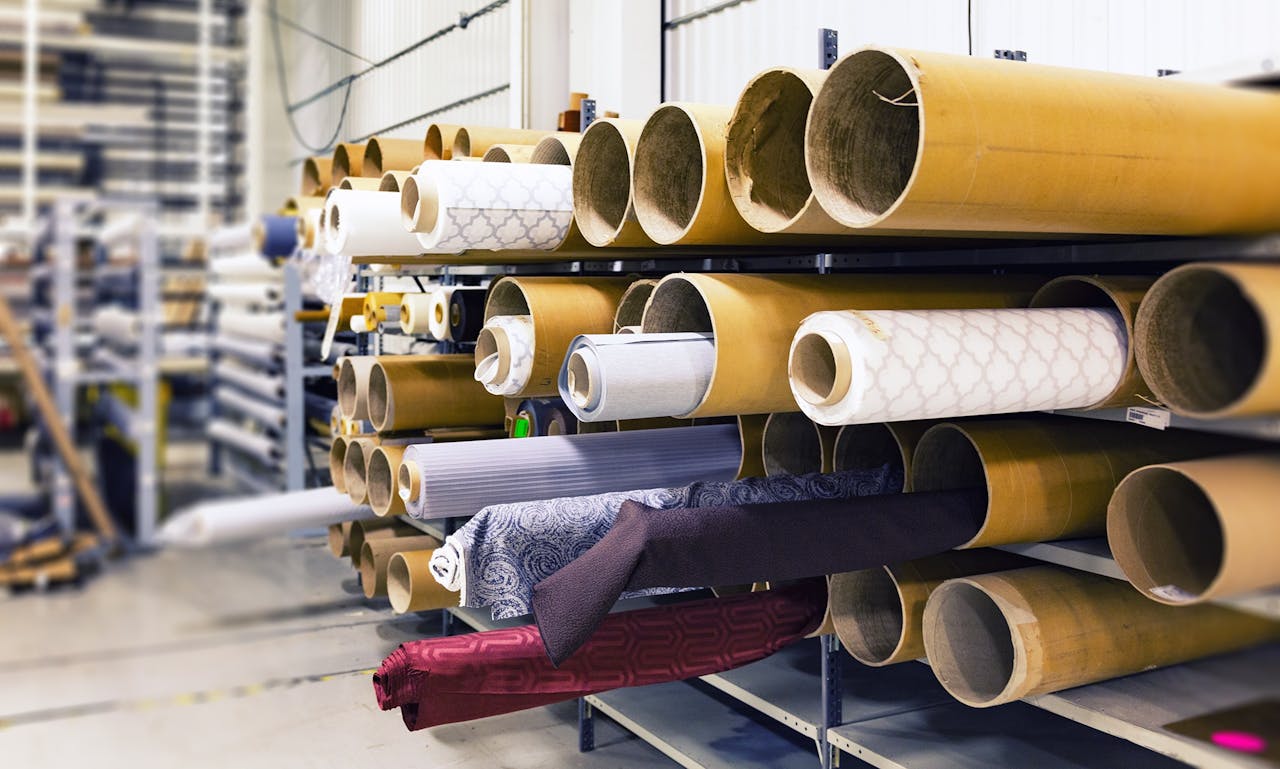Advanced materials are no longer a niche—they’re at the forefront of industrial innovation. From lightweight composites to technical polymers, they are driving greater efficiency, resilience, and sustainability across industries. Their adoption is redefining product life cycles, reducing waste, and enabling smarter logistics across borders.
Materials once reserved for aerospace or high-tech fields—such as carbon fiber-reinforced composites, graphene-infused coatings, and smart alloys—are now becoming common in sectors like automotive, energy, and construction. This transformation marks a shift toward precision manufacturing where performance and adaptability trump traditional volume economics.
Sustainability Through Smart Substitution
Companies adopting advanced materials are not just upgrading their products—they’re upgrading their value chains. These materials offer unparalleled benefits in weight-to-strength ratios, corrosion resistance, thermal properties, and adaptability. By investing in R&D and partnerships with material science hubs, firms position themselves at the frontier of global competitiveness.
Real-World Applications and Case Studies
Replacing traditional materials with engineered alternatives significantly reduces environmental impact. Advanced materials enable circular design practices and reduce dependency on finite resources. For example, biopolymers in packaging and aerogels in insulation cut emissions while enhancing performance—a strategic move aligning with ESG targets.
Future Outlook and Market Forecasts
From 3D-printed metal parts in aircraft to nanocomposite coatings on wind turbines, real-world applications abound. One case: a Southeast Asian logistics firm replaced steel parts with composite frames, cutting vehicle weight by 28% and boosting fuel efficiency by 17%. Another: an African startup uses recycled industrial waste to produce ceramic tiles with 40% lower energy input.
Conclusion: Material Leadership as Strategic Leverage
According to McKinsey & Co., the global advanced materials market is expected to exceed $300 billion by 2030. Growth will be driven by demand for electric vehicles, resilient infrastructure, and green energy components. Emerging markets, especially in Asia-Pacific and Sub-Saharan Africa, are becoming key adopters and exporters of engineered materials.
Manufacturers who lead in material innovation gain more than performance—they gain strategic leverage. They shorten time-to-market, reduce exposure to raw material volatility, and build future-proof products aligned with global regulatory shifts. The age of passive supply chains is over—material science is now a strategic pillar of operational excellence.
Want to explore how advanced materials can elevate your operations?
→ Get in touch with Lokiva — where compliance meets innovation.



